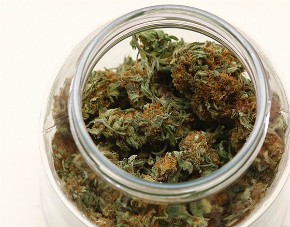Conditioned to consume: Drug use in American culture

The legalization of marijuana for recreational use in Colorado challenges the churches to think again about the ethics of drug use. Arguments about the use of cannabis being illegal no longer stand up. With 22 states already allowing the use of marijuana for medicinal purposes, such arguments have been frail for some time.
While much has been written on drug addiction that is helpful to pastors, moral reflection on the ethics of drug use is rare. As so often happens with Christian responses to moral problems, there has been a systemic failure to ask Marvin Gaye’s question, “What’s going on?” before asking Lenin’s question, “What is to be done?” In the United States, this judgment must be made amid the disastrous social, political, and legal legacy of the War on Drugs and the way drugs like marijuana have been a brickbat in the culture wars.
Let me suggest some opening pointers that might help the discernment process. First, we need to define what we are talking about. Our efforts to ask what is going on will prove futile if we try to resolve the ambiguity of the human relationship with drugs, either by emphasizing that they are all bad or good, on one hand, or by claiming that they are neutral on the other.




